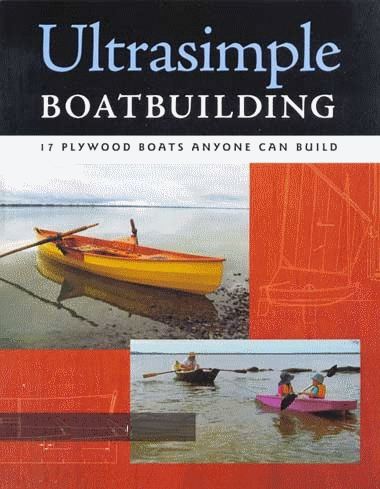 I decided to attempt making a birdsmouth mast which initially I viewed as beyond my capabilities but on researching further and reading extensively, I believed the hype that in fact it is quite easy and doable for the home amateur builder.
I decided to attempt making a birdsmouth mast which initially I viewed as beyond my capabilities but on researching further and reading extensively, I believed the hype that in fact it is quite easy and doable for the home amateur builder. Using John O'Neil's excellent article in Duckworks Birdsmouth in Practice I set up a spreadsheet calculating the tapers, widths and thicknesses of the staves. I elected to add 10% extra diameter over JB's specified plans and used a ratio of 15% of diameter for the thickness of the staves, which resulted in 35.6mm stave width and 13.7mm thick at the fattest part of the mast.
Using John O'Neil's excellent article in Duckworks Birdsmouth in Practice I set up a spreadsheet calculating the tapers, widths and thicknesses of the staves. I elected to add 10% extra diameter over JB's specified plans and used a ratio of 15% of diameter for the thickness of the staves, which resulted in 35.6mm stave width and 13.7mm thick at the fattest part of the mast. |
| Ripping 14mm staves |
 So armed with two 35mm thick DF boards of 16' and 14', I ripped these into 14mm widths and scarfed these together to give me a selection of staves ready for cutting birdsmouth. Some lengths had two scarfs due to knots which I removed, but generally the stock was of good straight grain and knot free...thank you Robbins Timber.
So armed with two 35mm thick DF boards of 16' and 14', I ripped these into 14mm widths and scarfed these together to give me a selection of staves ready for cutting birdsmouth. Some lengths had two scarfs due to knots which I removed, but generally the stock was of good straight grain and knot free...thank you Robbins Timber.I made a scarfing jig for my table saw which has a sliding table. This proved successful and stress free - no flying pieces and I was able to stand out of the line of fire with hands well away from the nasty parts. I had read where people had suffered injuries using scarfing jigs on the table saw, but I'm glad to report this worked flawlessly.
The glue up was quite straightforward - thanks to help from my son - thanks Harry!. We laid out the staves on a aluminium ladder which provided a straight bench and a straight side to clamp all the scarfs to, so I am very hopeful that we will have a selection of straight long staves from which to start machining the birdmouth v-notch and tapering. I am going to cut off half the taper from the width and leave the remaining taper to be planed / sanded off the stave thickness which I hope will create a more uniform creation, rather than simply having the same thickness all the way up the mast.







0 comments:
Post a Comment